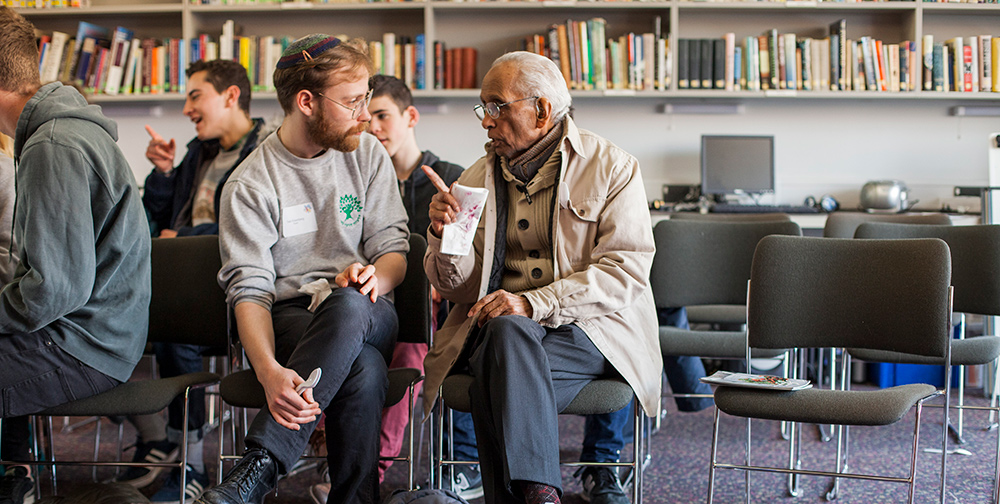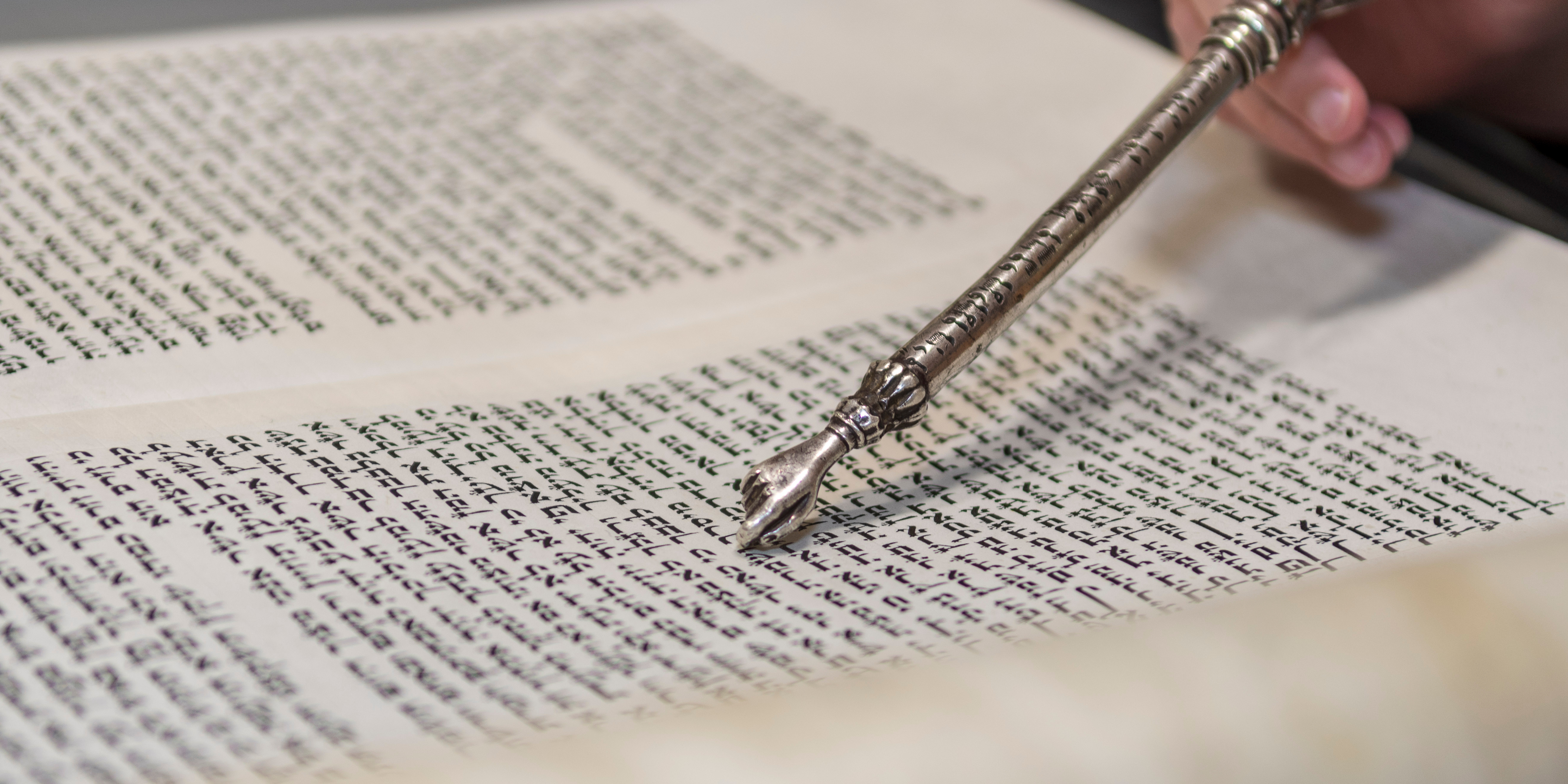Beyond the Objects: A History of Jewish Tradition and Jewish Life

Welcome to our new Reflections series. A few years ago, BBC Radio 4 and the British Museum presented a series called “History of the World in 100 Objects”. Using artefacts in the archives of the British Museum, the programme told the story of humanity through a review of individual objects. Reflections is looking to our readers to tell stories of the Jewish tradition, ritual, heritage and history through individual artefacts located in our homes.
There are myriad objects with which we connect ourselves to Judaism and Jewish tradition. They may be sentimental items, such as old photographs, ceremonial objects, books, official documents like a ketubah or a conversion certificate, or valuable ones such as works of art.
In the coming months the series will tell the heritage of the Jewish people through the items found in our homes and in our lives. Objects and their accompanying stories will be organised around themes: journeys, traditions, home, community and Israel. Stories about journeys may include an object that represents a family’s journey from one country to another, it may be an object about an individual journey to or within Judaism, or it could be the journey of entering a new life stage.
The traditions theme may include inherited ceremonial objects which tell the traditions of Jewish observance. They may be new objects created by a child or family member intended to build new traditions. Objects related to the Israel theme might include official personal documents like a passport or state documents like a vintage postage stamp.
What Jewish ceremonial objects are in your cupboards? What Jewish art decorates your walls? What Jewish heirlooms have been handed down your family? What are the Jewish stories hidden in your home?
The mezuzah
Twice a day Jews say: “And thou shalt write them upon the door-posts of thy house, and upon thy gates.” Our ancestors interpreted the verse literally that the words of the Sh’ma should be engraved on our doorways and city gates. From the earliest times, Jews have affixed mezuzot to their doorposts as a commitment to Jewish practice and as a sign of Jewish identity and over the ages the mezuzah form has changed.
Our home contains many mezuzot but one stands out. It was presented by my Dutch family to me and my husband on the occasion of our marriage. Fashioned by a family friend and Judaica artist the mezuzah case is a silver quadrangle narrow at the top and wide on the bottom. Inside this strangely shaped case is the klaf or scroll. Written by a sofer stam on the skin of a kosher animal, the klaf contains the first two paragraphs of the Sh’ma found in Deuteronomy 6:4-15 and 11:13-21. Whilst the case is modern, the essence of the mezuzah is not the case but the scroll within. If the mezuzah did not contain a kosher scroll, then our mezuzah would just be a silver box hanging on the doorframe.
In the ancient Near East, the doorways of buildings were considered both a physical and spiritual threshold where divine images were stored and at the city gate, legal judgements were rendered. The Deuteronomist subverts the original cultic traditions of the doorpost and imposes Torah law on the mezuzah instead. During the first Temple era, the verses of the Sh’ma were inscribed directly into the doorpost of a house or a city but by the Second Temple era, mezuzot became scrolls which were affixed to the doorposts.
The Jewish tradition provides two reasons for the placement of a mezuzah; the Talmud assures that mezuzot provide Divine protection to the household and the city where the mezuzot are posted. Maimonides, on the other hand, was a severe critic of the non-rational and asserted that mezuzot serve as a reminder of the observance of God’s commandments.
If the essence of the mezuzah is the scroll how did mezuzot become an art form? In the Sephardic tradition, scrolls were placed in niche carved out of the doorpost which was then covered with a decorated cloth. In Ashkenaz, scrolls were placed in a plain case and beginning in 15th or 16th century Italy the cases were crafted out of luxurious materials and highly decorated. In time, mezuzah decorations came to use the artistic forms and conform to the cultures of their settings and the styles of their day.
In most Ashkenazic homes, the mezuzah is placed at a slant on the upper third of the doorpost. This slant owes its origin to a difference of opinion between the medieval Talmudic commentators Rashi and his grandson, Rabbenu Tam. Rashi interprets the Talmud’s prohibition against placing the mezuzah like a bolt means that it cannot be placed horizontally. Rabbenu Tam believes that the most respectful position for a mezuzah is that it should be placed on the doorpost like a Sefer Torah at rest, horizontally. Affirming the validity of both opinions, the Ashkenazic custom is to place the mezuzah diagonally. This is an example of ritual which affirms an all too uncommon value in Jewish life, the value of compromise.
Even though we have modelled this series on the “History of the World in 100 Objects” series, my mezuzah isn’t a museum object, it is a living form of halachic practice reminding us, whenever we step through the threshold, of God’s commandments and our commitment to Jewish values.



